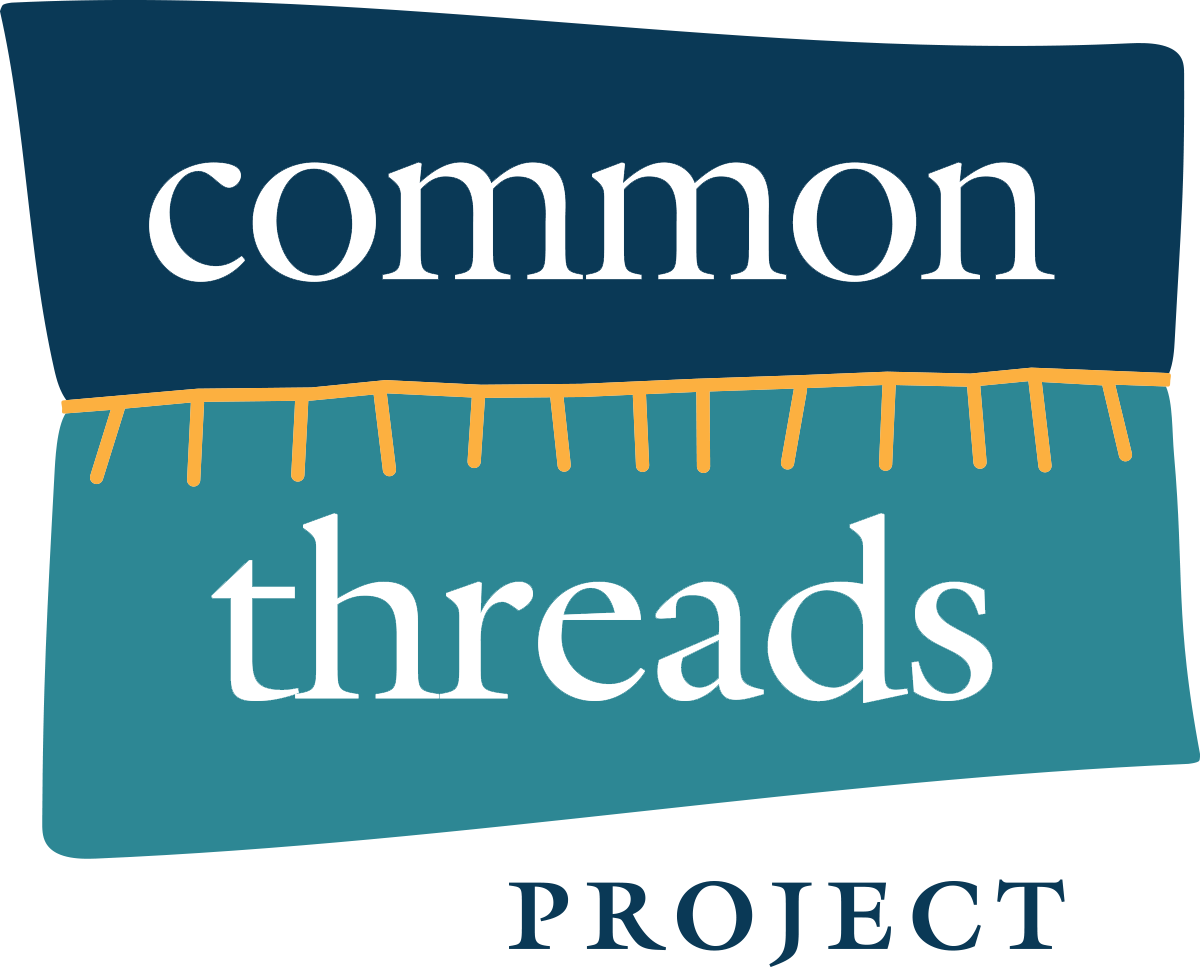Artistic Commemoration and Healing from the Bosnian War
July 11th marks the international day of remembrance for the Srebrenica Massacre. In 1995, the military units of Republika Srpska systematically slaughtered 8,000 men and boys from Srebrenica, a former UN safe area. As the worst episode of mass murder in Europe since World War II, the massacre has left emotional scars on the people who bore witness.
When remembering Srebrenica and the men and boys who died, we also remember the women who suffered atrocities during the war. Between 1992 and 1995, Republika Srpska enacted a mass-rape policy on the Bosniak population. Both as a means of terrorizing the people and as a form of ethnic genocide, it is estimated that soldiers raped between 20,000-50,000 women. Republika Srpska's military and paramilitary units set up camps for such purposes, one of the largest in Višegrad. In a hotel called Vilina Vlas, women were imprisoned, tortured, starved, and routinely raped by soldiers. Despite the tens of thousands of women affected, only a small percentage have come forward. Much of the dialogue surrounding sexual violence, both then and now, frames it through a marriage lens. If a woman is married, her rape is considered shameful to her husband. If unmarried, she is regarded as less desirable. These horrific conditions ensure that many women stay silent about their trauma. At Common Threads Project, we aim to provide a nonverbal way for women to break the silence.
Story Cloth: Only Some Cross To Safety
Common Threads Project has been working in Bihać, Bosnia, in partnership with Žene sa Une, a local NGO, to provide psychological recovery to women who have survived gender-based violence, war, and displacement. On June 28th, we hosted a webinar with our Bosnia program team to gain insight into how tragedies like this affect women and girls and how CTP healing circles have helped them on their journey to recovery. Reem Alsalem, the United Nations Special Rapporteur on violence against women, its causes and consequences, was our moderator and Keynote speaker. In her introductory remarks, Ms. Alsalem made some critical points about the complex nature of SGBV, especially in conflict and post-conflict settings. For example, she pointed out that during the Dayton Peace negotiations, women were not present and did not discuss violence against women.
In the years following the war, government officials and civilians continued to deny that the Serbian military attempted genocide. When faced with official denial, art often emerges as one of the essential tools for healing on an individual and societal level, and it certainly has in this case. In 2021, an exhibit entitled 'Soul of Srebrenica' opened in Belgrade. Featuring photos taken by photographer Midhat Poturovic over several years, the exhibit highlights the process of identifying and burying victims of the genocide. Although protestors outside the exhibit's opening "Srebrenica is not genocide," the opening was a success.
In discussing art and the Srebrenica commemoration, we must recognize the monument ŠTO TE NEMA. The memorial, constructed by Bosnian war refugee Aida Šehović, consists of coffee cups collected from Bosnian families, intending to have one cup for each victim of the genocide. Between 2006 and 2020, every July 11th, Šehović displayed the monument in a different city square, forcing viewers to confront the violence and, in many cases, their ignorance.
Art can be one of the most critical tools for recognizing and honoring war crimes and atrocities. It is also a powerful therapeutic tool for healing. Our online exhibition, The Fabric of Healing: Story Cloths by Survivors of Trauma, War, and Gender-Based Violence, explores both the traumatic experiences of women in violent settings but also the strength and power that comes from art therapy. These story cloths were made not just by Bosnian women but also by women from Ecuador, Nepal, and the Democratic Republic of Congo. In remembering Srebrenica and the women who suffered, we must recognize it as part of a global pattern of violence that produces traumatized survivors who deserve a place to heal. Our mission is to provide that space for as many women as possible.

